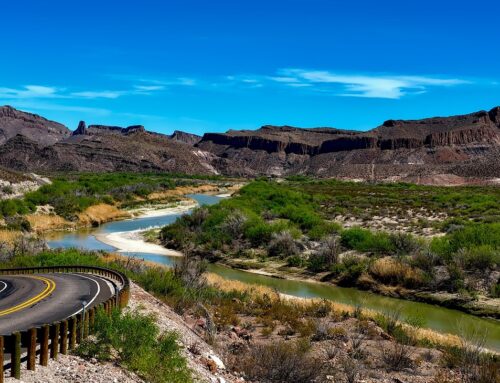In the modern age, real estate investors actively seek ways to diversify their investment portfolios and add more income streams. Vacation rentals are traditionally among the most overlooked properties in most markets. However, times are changing. They’re now one of the go-to options for investors targeting the thriving tourism industry.
If you’re intrigued by the prospect of owning a retreat cabin or beachfront condo for investment, learn about the key differences between short-term vs long-term vacation rentals.
So, without further ado, let’s get started.
What Is a Short-Term Vacation Rental Property?
Short-term vacation rentals are investment properties you can lease for short periods, typically between a few hours and weeks. They’re ideal for individuals or families seeking temporary accommodation longer than a hotel or motel stay while on holiday, special events, or short getaways. Common examples include:
- Beachfront villas or condos
- Cabins or lodges
- Mountain chalets
- Boathouses
- Tiny houses
- Airbnb apartments, etc.
What Is a Long-Term Vacation Rental Property?
As the term suggests, a long-term vacation rental is an investment property you can lease for extended periods, usually more than a month. However, these properties are not used as primary residences. Instead, they offer a temporary home away from home for individuals or families on long vacations, business trips, or relocating nearby. Common examples include:
- Furnished apartments
- Senior living facilities
- Seasonal rentals
- Remote work getaways
- Medical travel housing
- Extended-stay hotels, etc.
Key Considerations for Short-Term and Long-Term Vacation Rentals
1. Occupancy & Turnover
The first factor you must consider before deciding between short-term vs long-term vacation rentals is turnover. Short-term rentals have more frequent guest changes. Moreover, occupancy depends on demand and the use case. Long-term rentals are more stable in income and don’t require frequent screening, paperwork, and preparation.
2. Demand
Short-term vacation rentals like cabins, lodges, and Airbnb apartments vary in demand during different seasons. They’re usually in high demand during summers and holidays as individuals and families have time off from work and school. Conversely, the demand for long-term rentals fluctuates according to job markets, inflation, and other socioeconomic developments.
3. Amenities and Furnishing
Short-term rentals are designed and furnished to provide a good temporary living experience, similar to a hotel or motel stay. Hence, you can find common amenities like restaurants, stores, and entertainment centers nearby. Long-term vacation rentals, in contrast, mainly offer essential amenities. They’re designed to facilitate a comfortable stay rather than a luxurious or recreational one.
4. Property Management
Short-term vacation rentals require more frequent and hands-on property management since you must manage frequent turnovers and take on higher repairs, maintenance, and insurance costs. Long-term rental management is simpler and less challenging due to less frequent turnover and maintenance requirements.
5. Income & ROI
The rental income generated from short-term and long-term vacation rentals depends on several factors, from location to demand and cost of stay. During peak demand, short-term rentals offer a higher income and ROI due to their hotel-like business model and commercial structure. However, long-term rentals have a residential model, which promises more consistent income, as occupants stay for periods exceeding a month on average.
Wrapping Up
To summarize, choosing between a long-term or short-term vacation rental property for investment depends on your goals, budget, and preferences. Short-term rentals offer better income and ROI. Meanwhile, long-term rentals offer more stability with less turnover.
For more insights on commercial and residential real estate investing, visit CHRE. You can also explore our vast options of long-term and short-term vacation rental properties in the Rio Grande Valley.






Leave A Comment